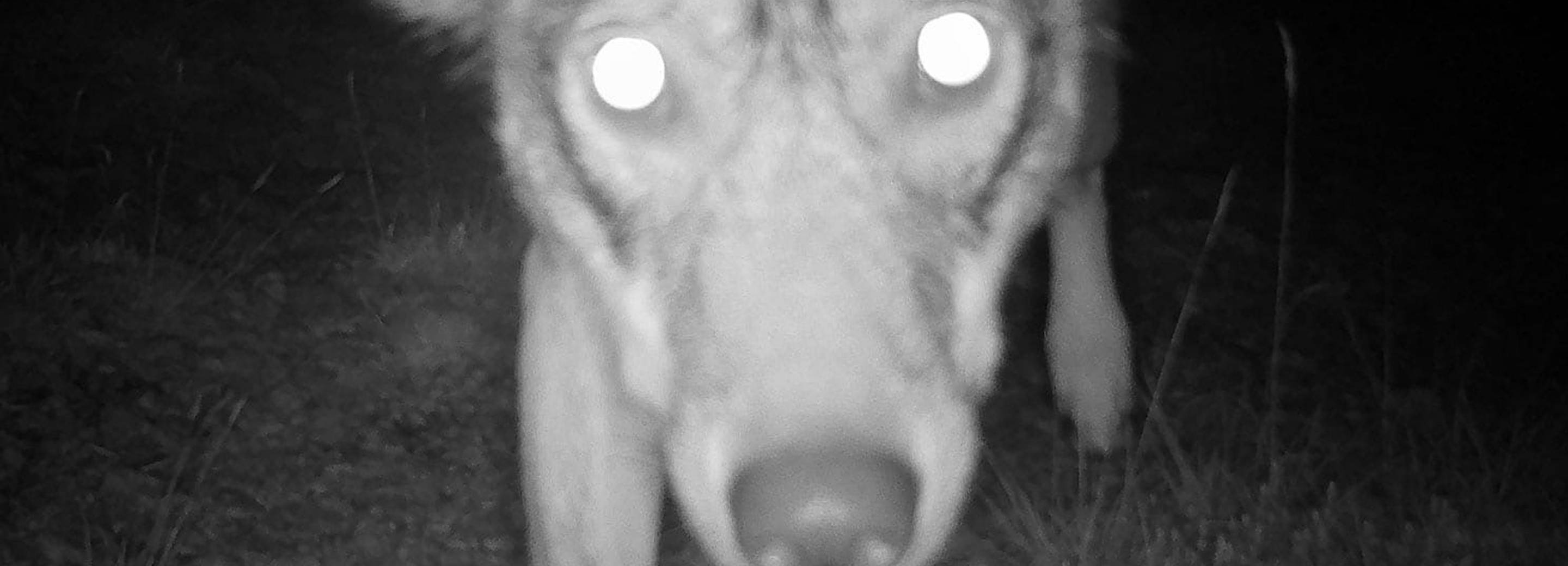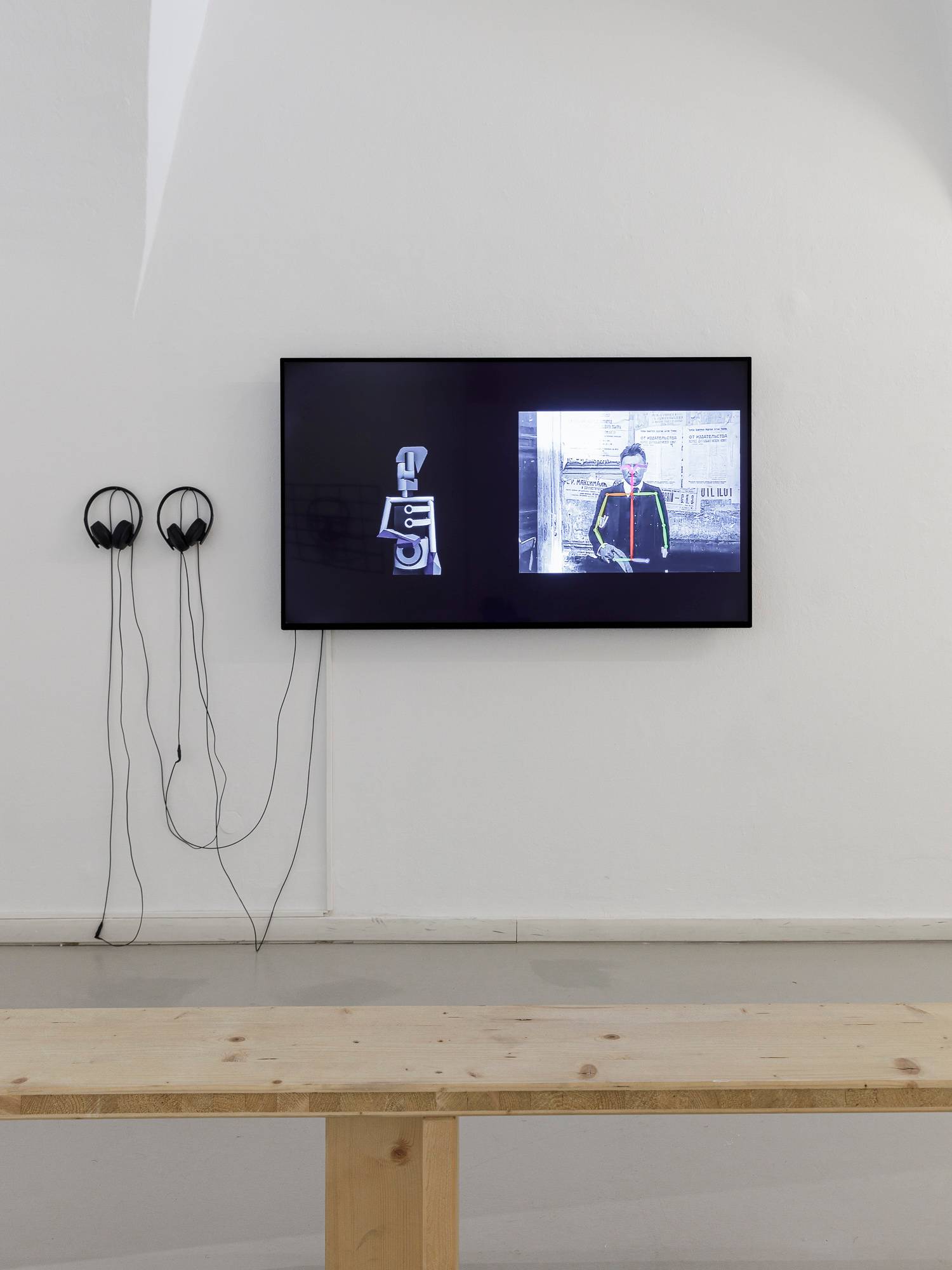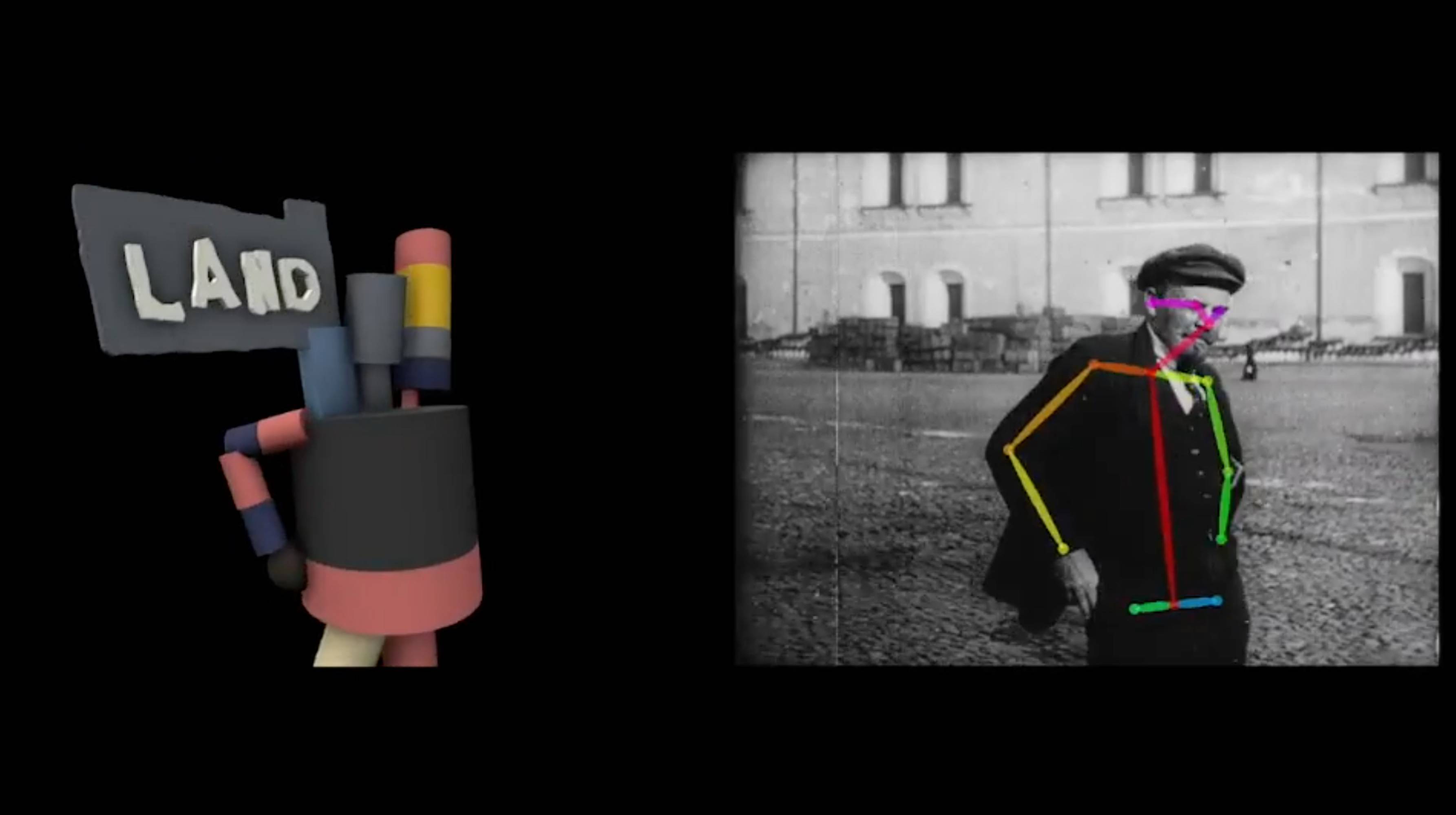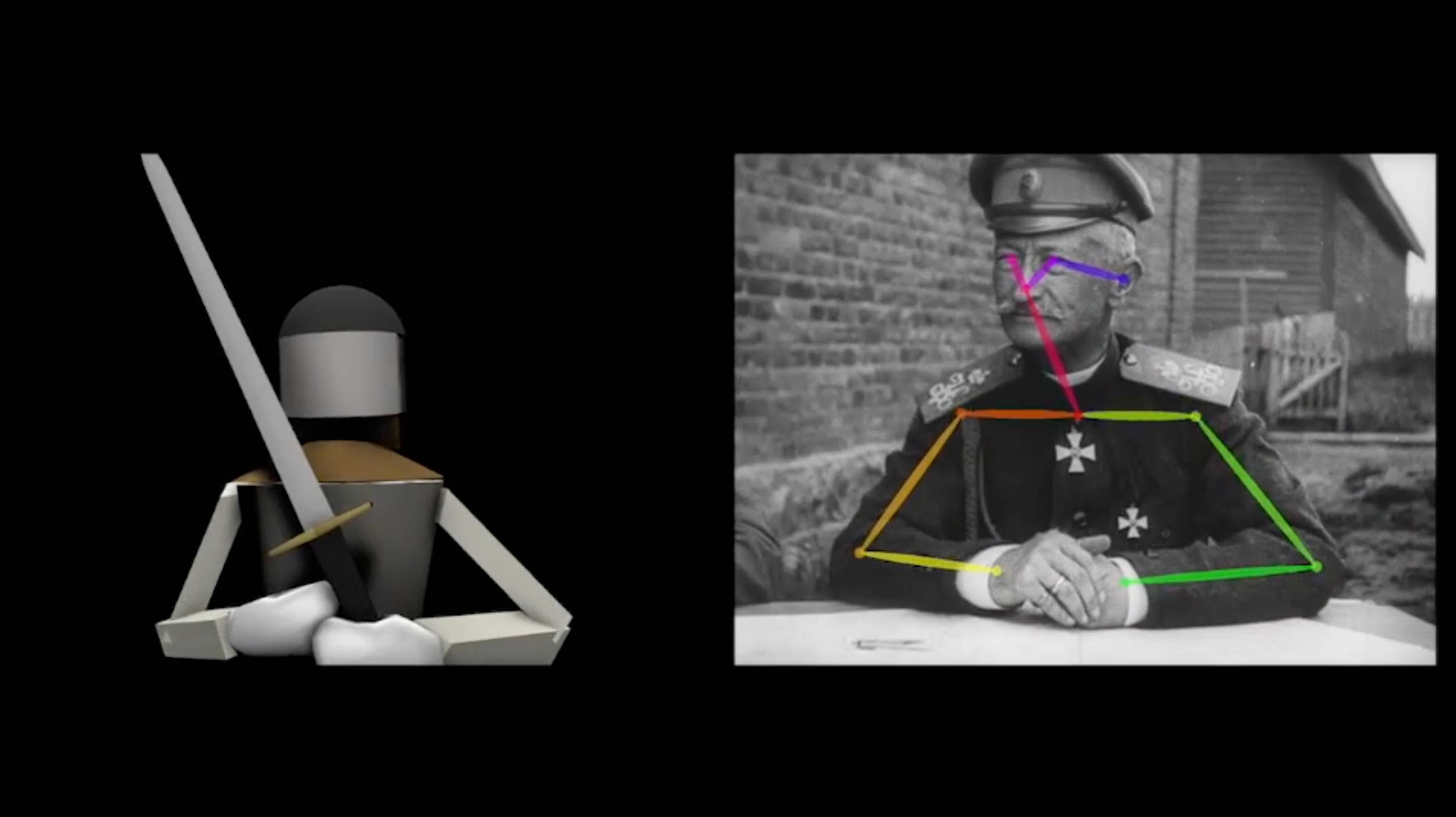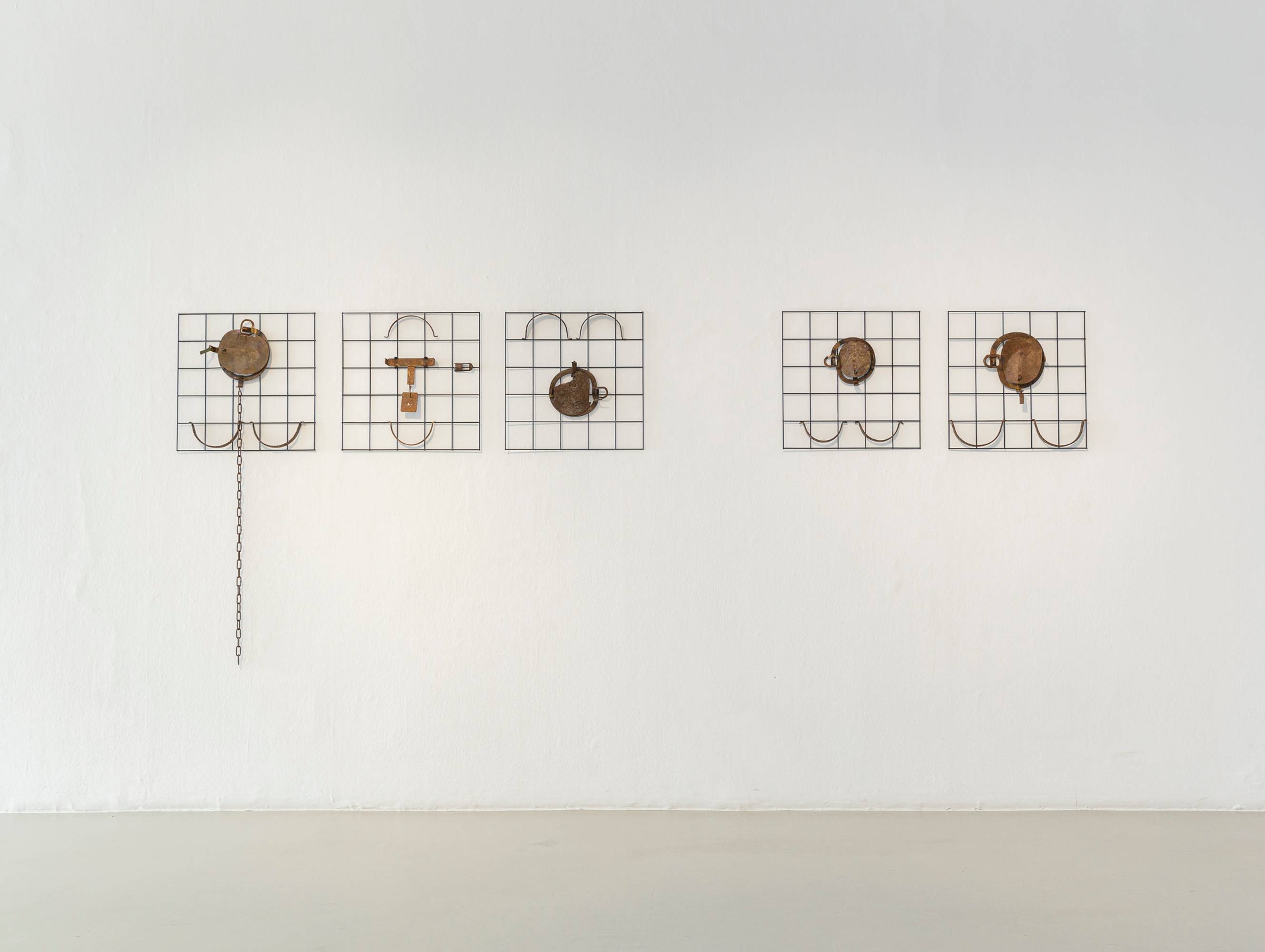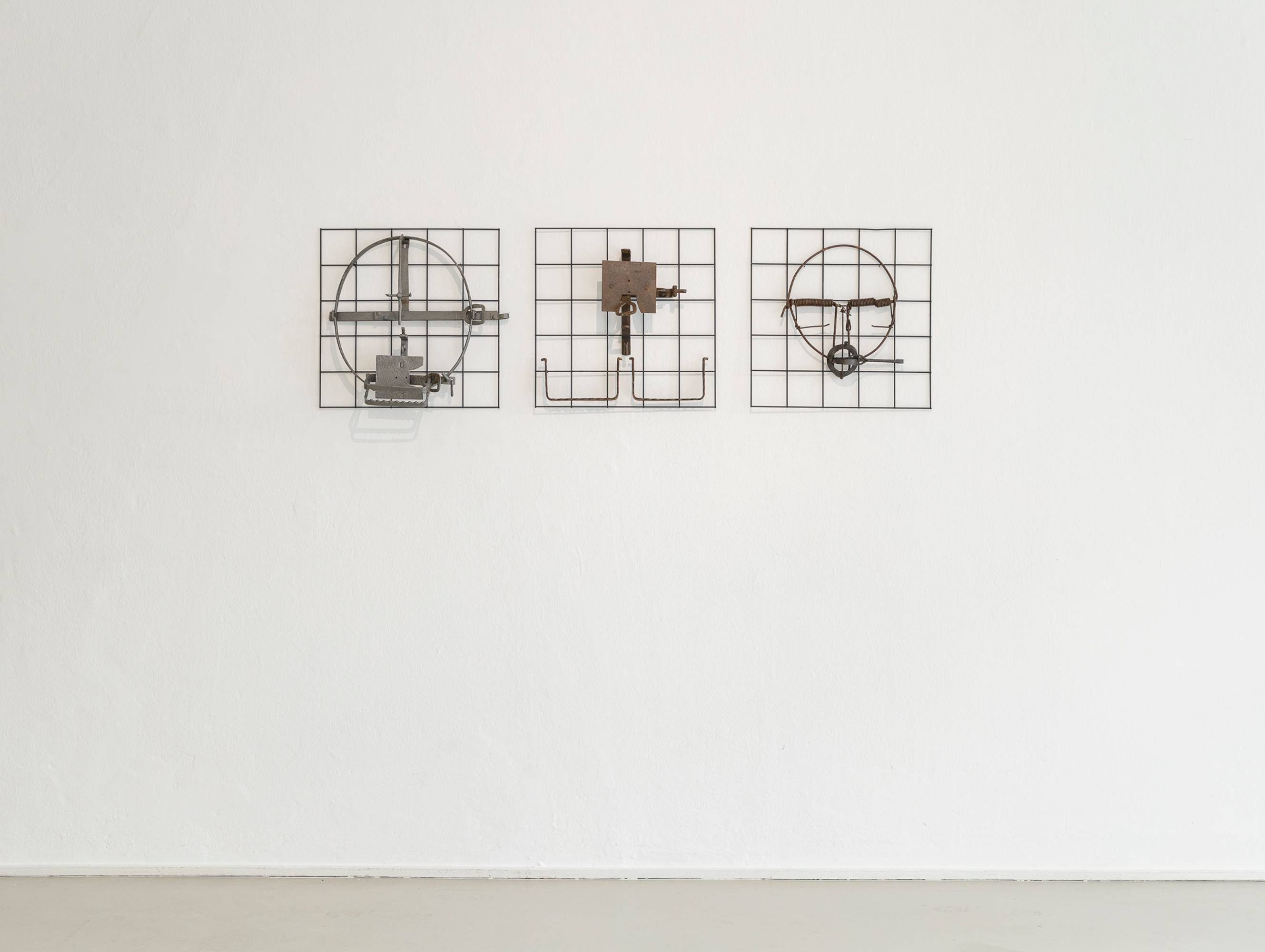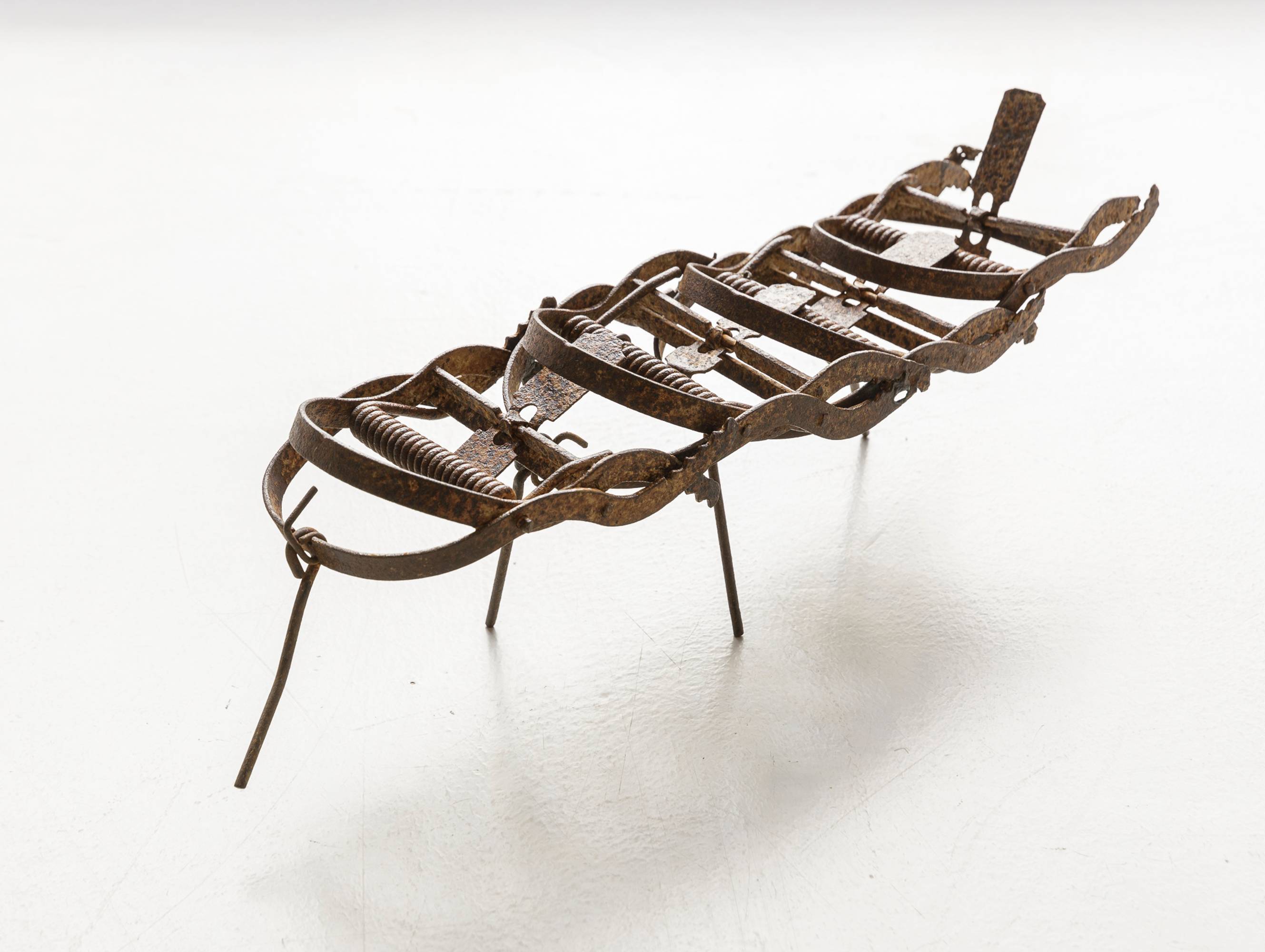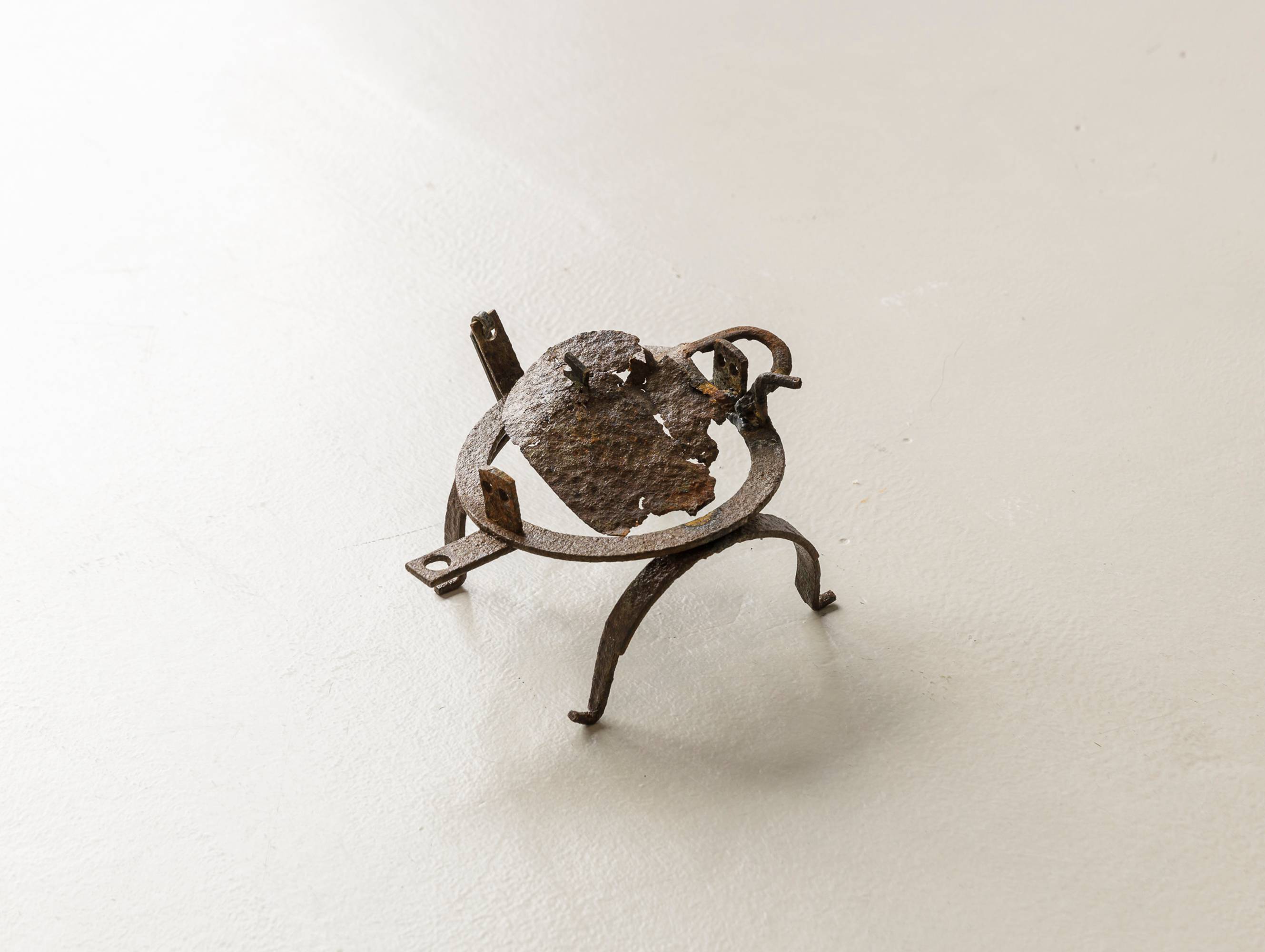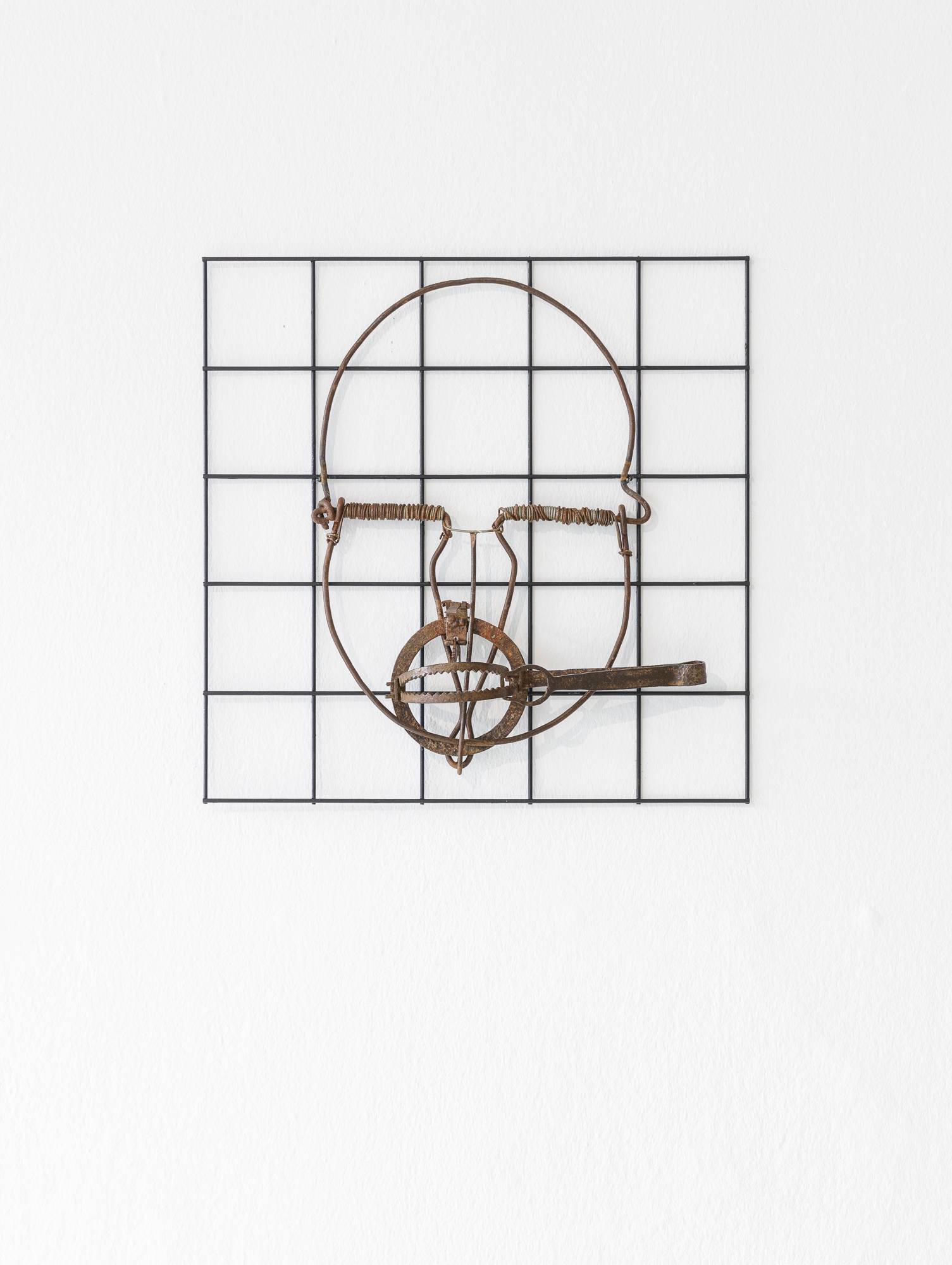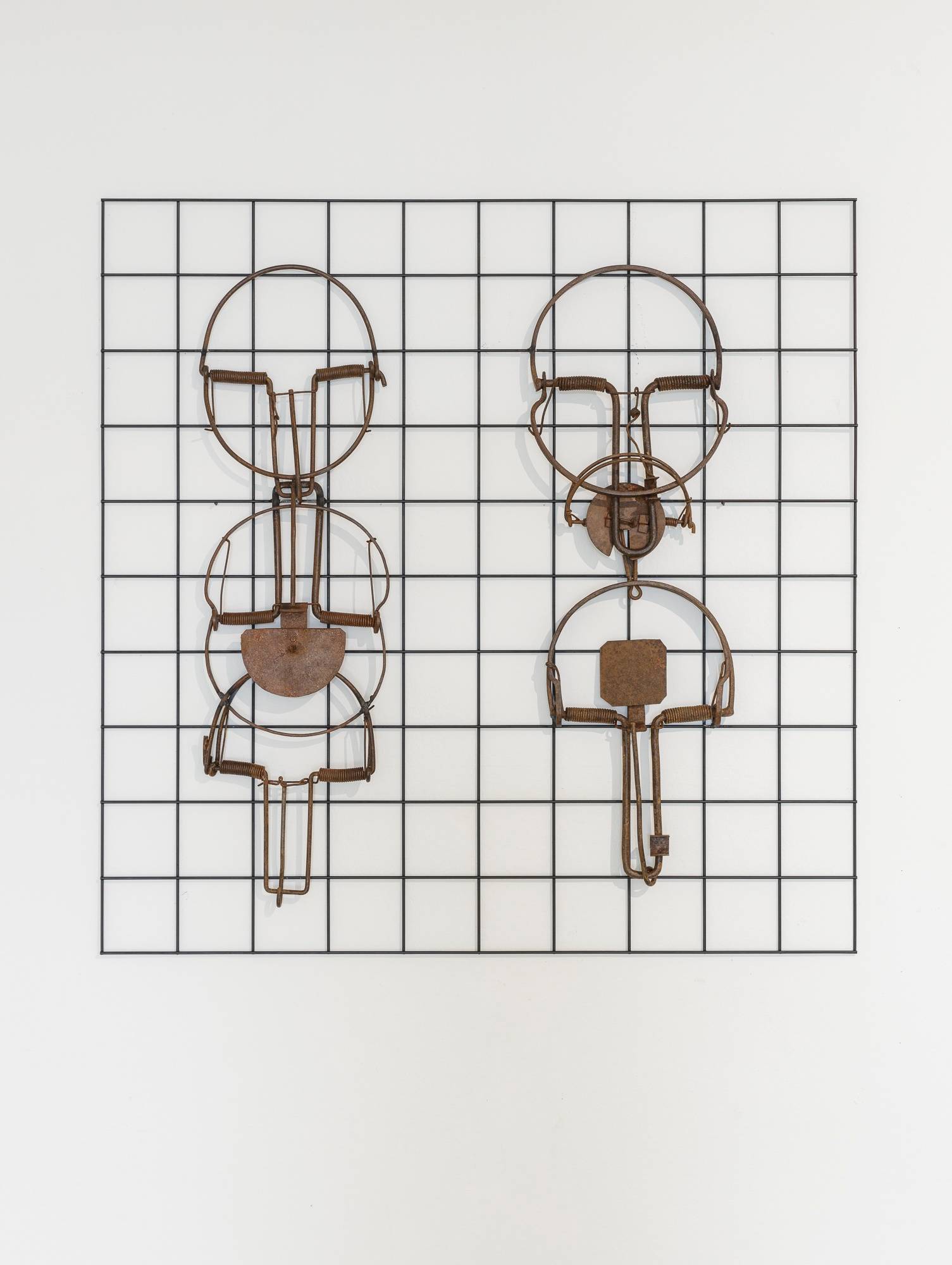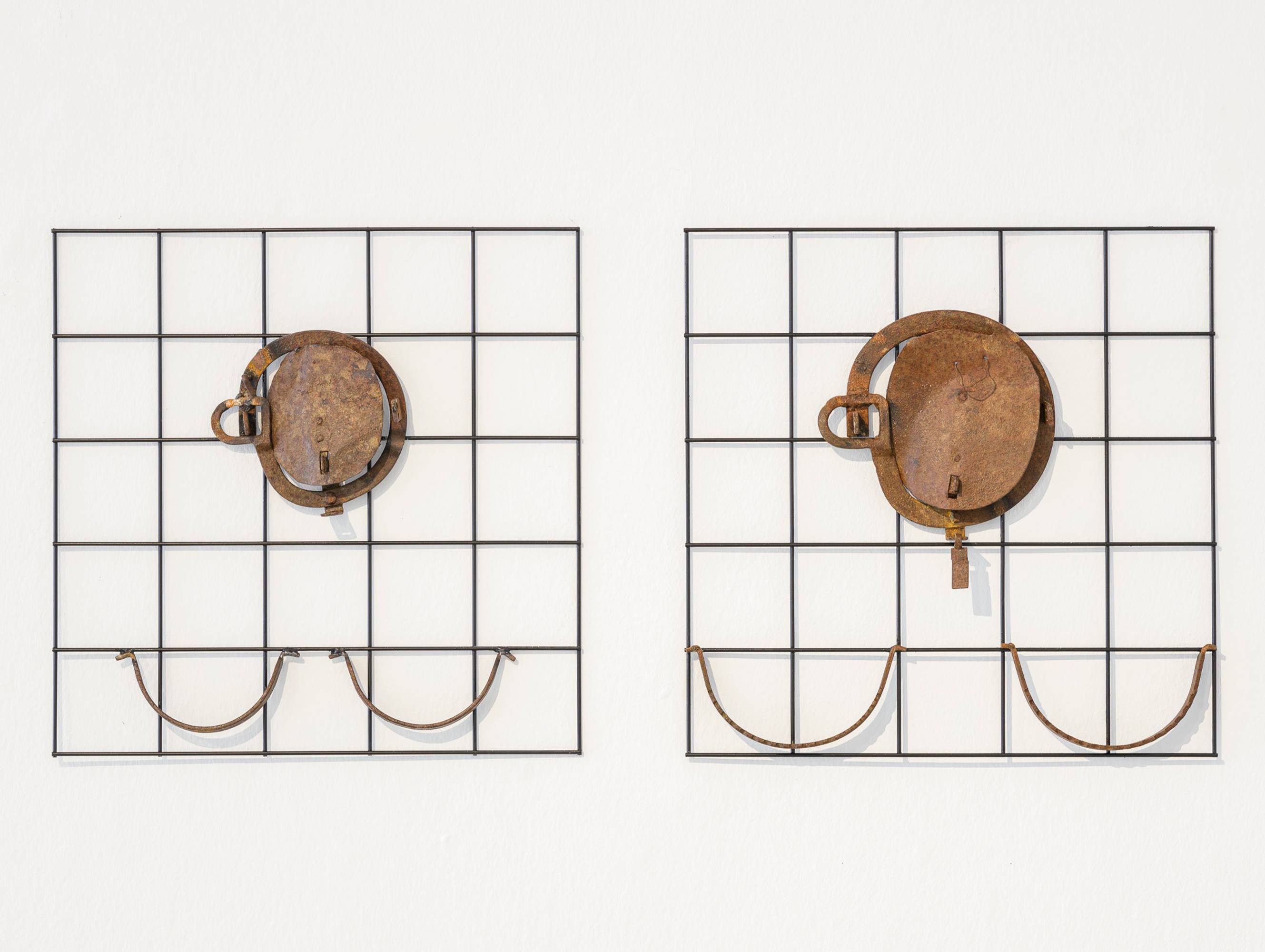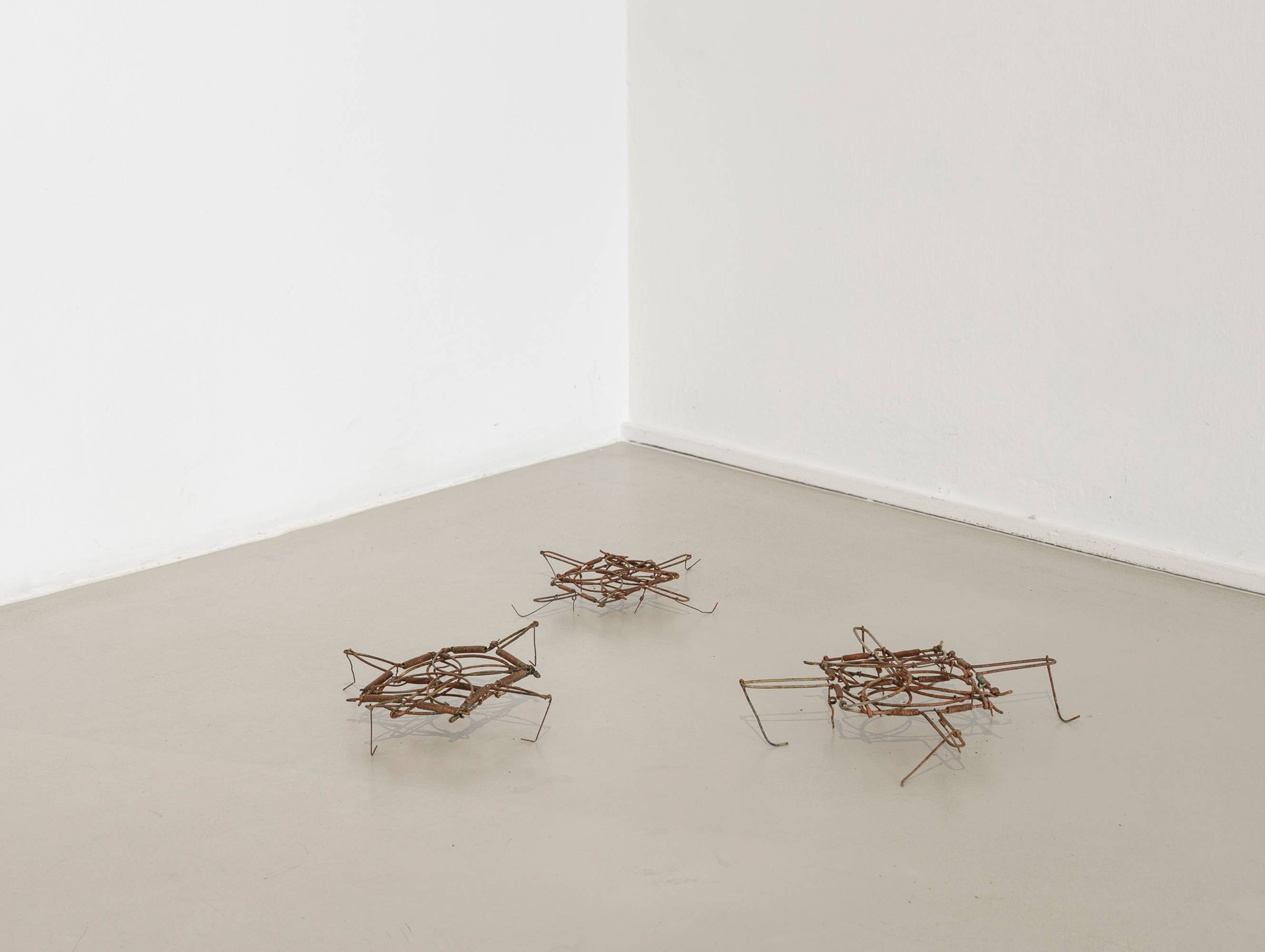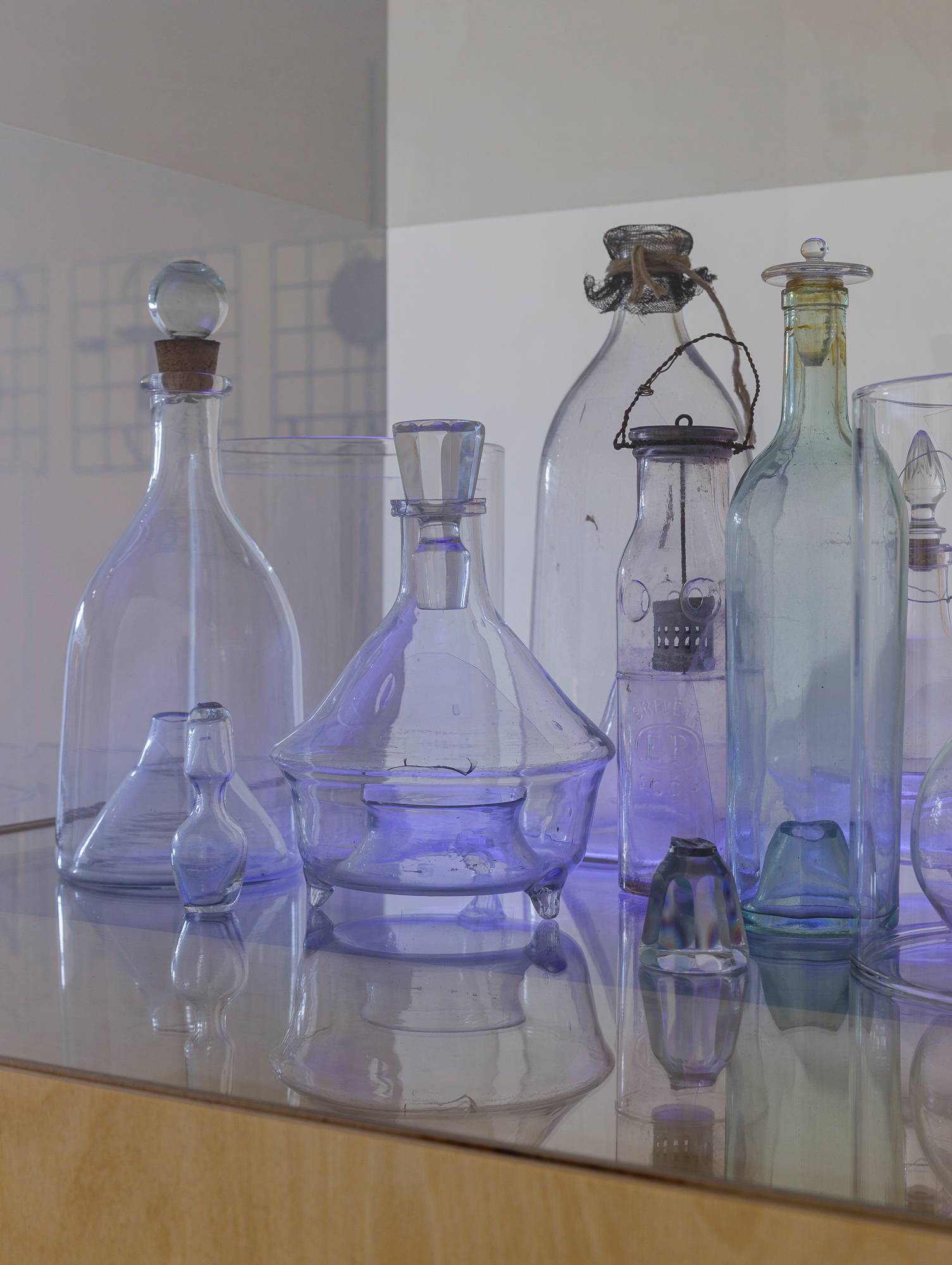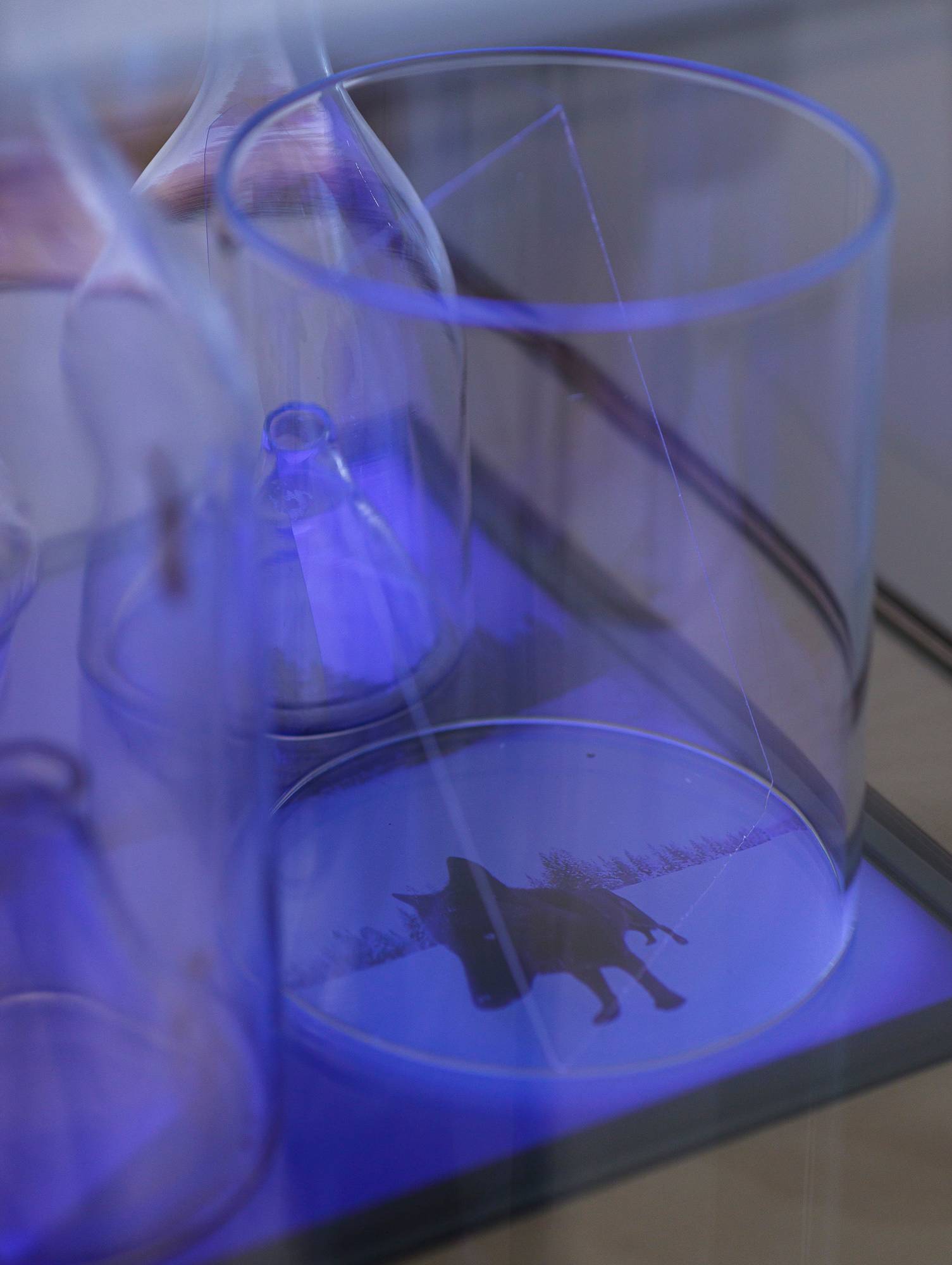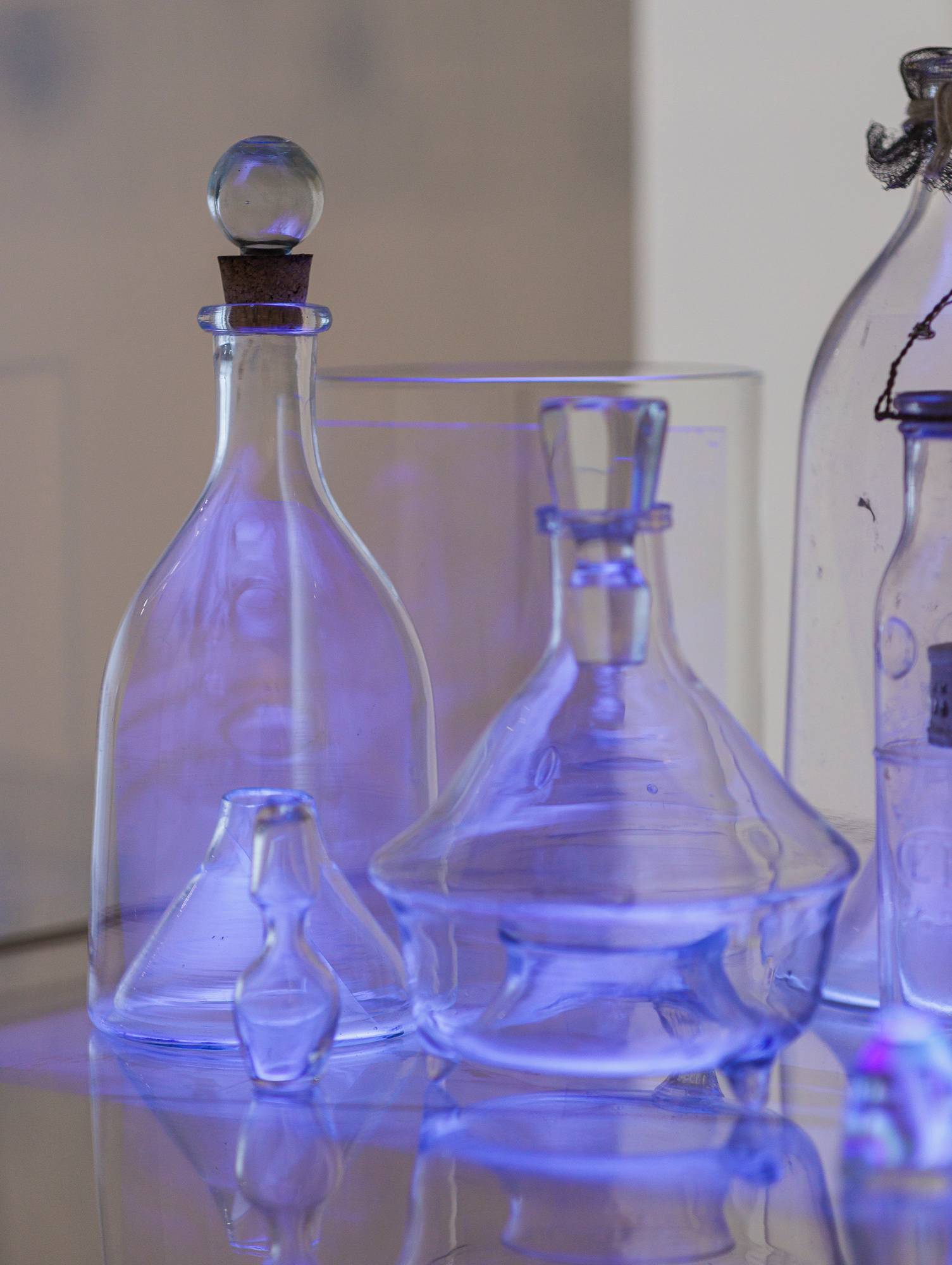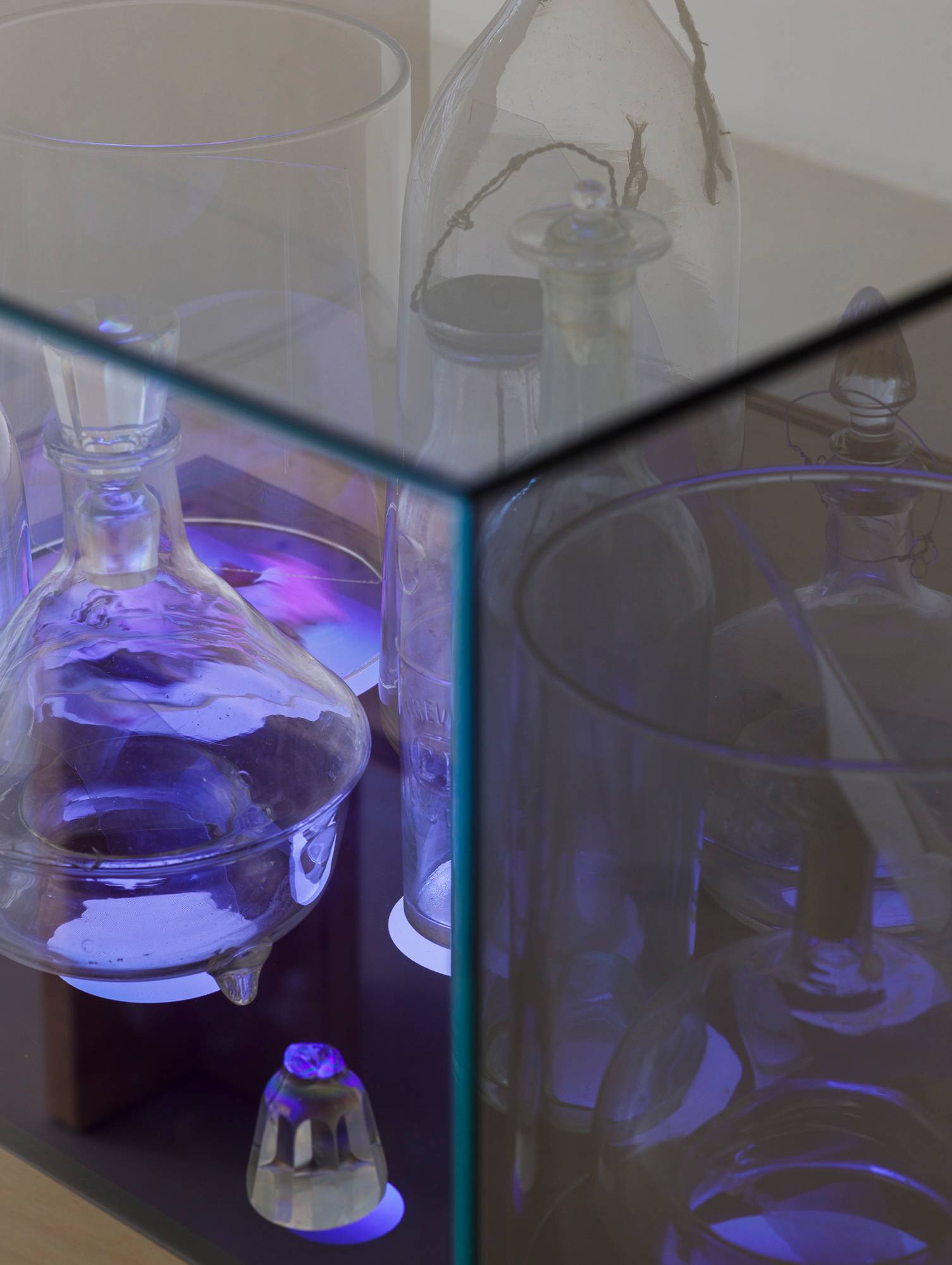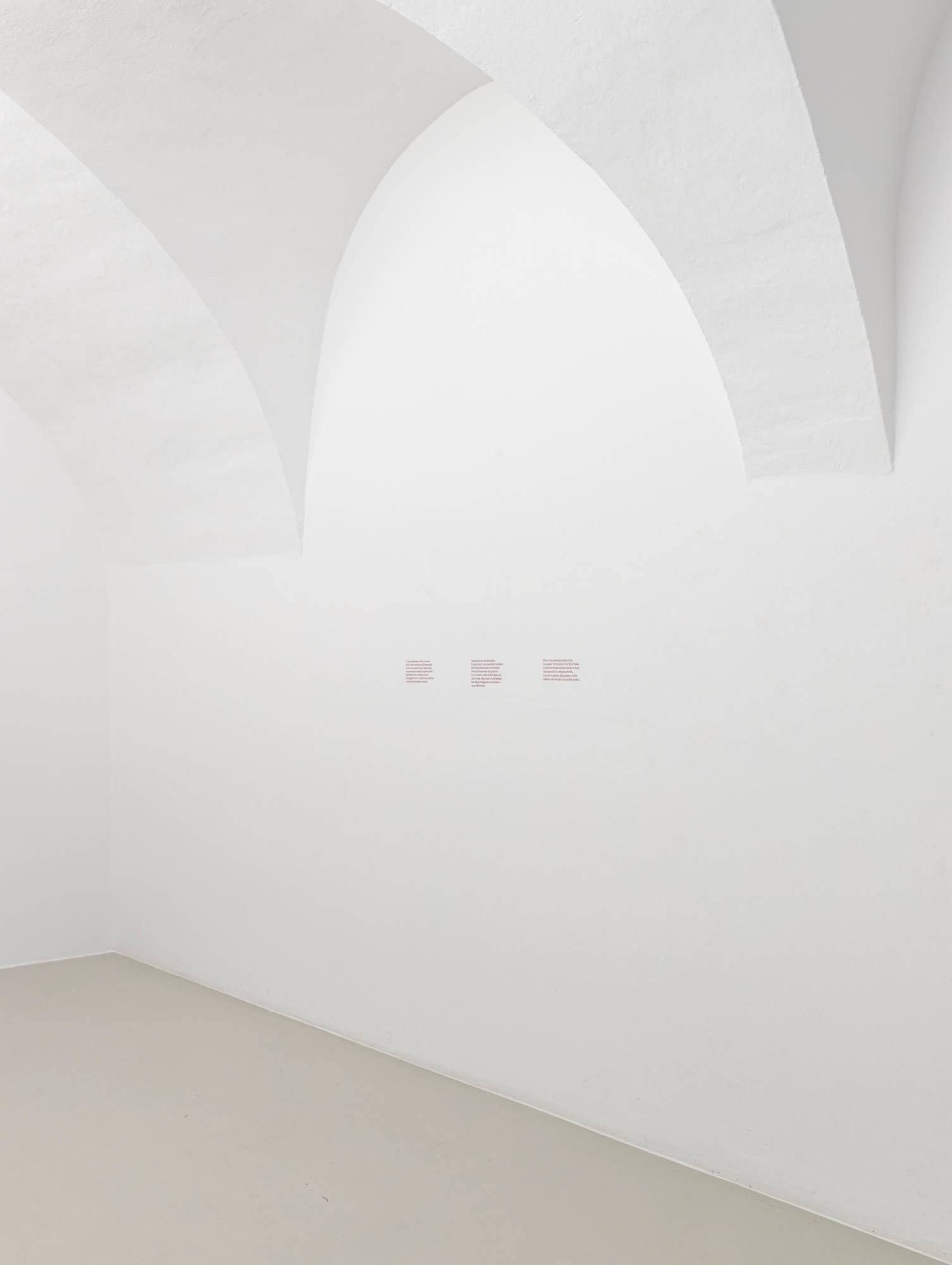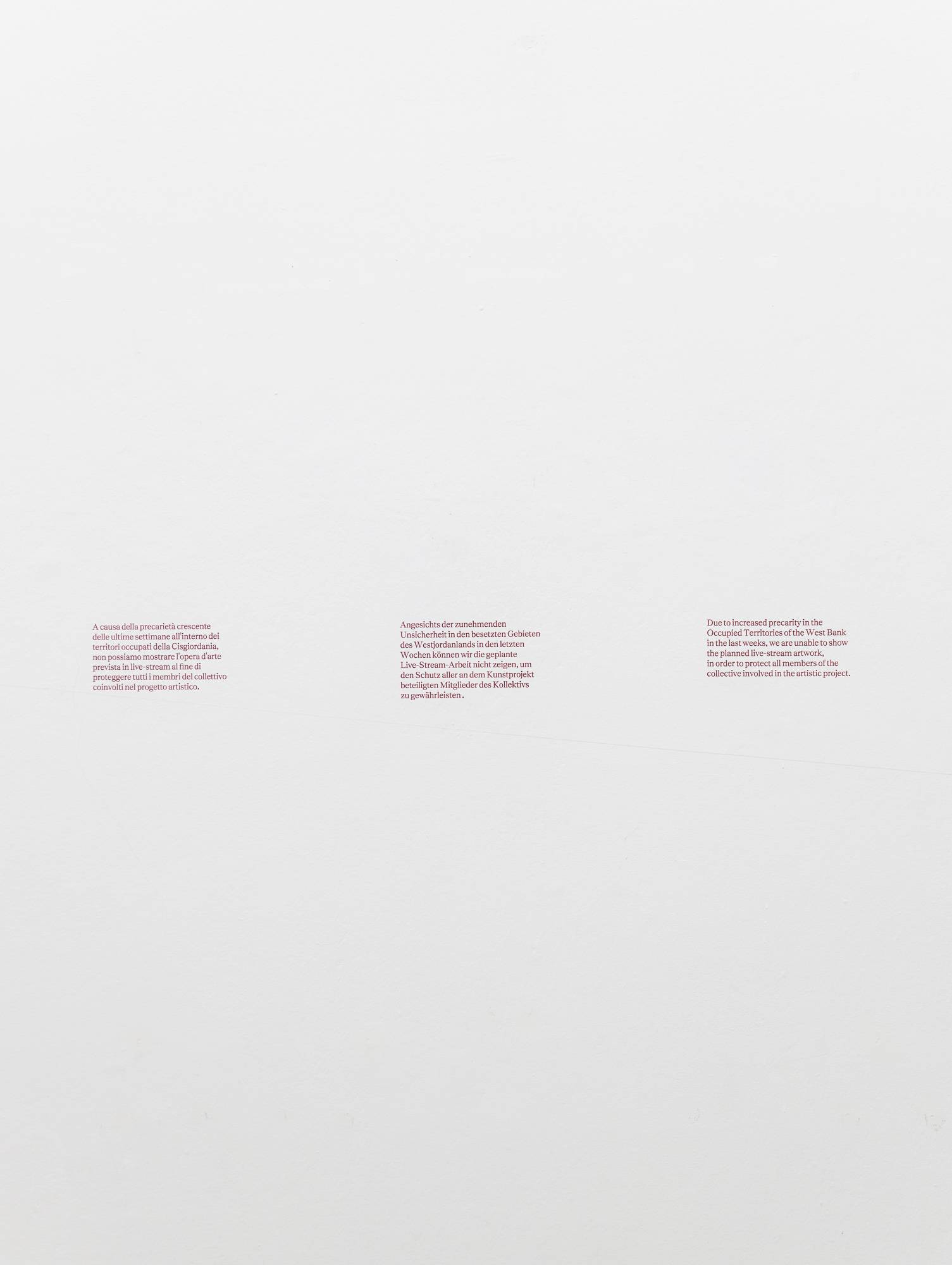Pepper and Olives. On Countersurveillance
Leander Schwazer and The Late Estate Broomberg & Chanarin.
GUIDED TOUR 28.03.2025, 17.00
with Leander Schwazer and co-curator Francesca Verga
Curated by Francesca Verga and Zasha Colah
It seems no longer possible to escape supervision, so much so that it is the surveilled themselves who create surveillance, promoting a veritable culture of it. While surveillance is also fuelled by the dissemination of ever cheaper cameras to individuals, making their way into people’s homes and everyday lives, mass surveillance has now become so much a part of contemporary society that individuals might be said to act under it and remain enmeshed within it, thereby sacrificing some of their civil rights.
The exhibition at Ar/Ge Kunst Pepper and Olives. On Countersurveillance traces some of artist Leander Schwazer’s and The Late Estate Broomberg & Chanarin reflections on the theme of counter-surveillance and the overturning of axioms that separate the observer from the observed.*
The artist Leander Schwazer (1982, Vipiteno) narrates video surveillance from an iconographic and identity perspective, searching the unconscious for the origin of surveillance culture. He inserts images of video-traps (wolves and other animals) placed inside trapdoors and cages, emphasising their spectral and hallucinatory qualities. The second chapter of this project by Leander Schwazer will be on view with an opening on March 1, at 11 a.m., at Geir Street 65, 39049 Meadows of Vizze, next to the artist's studio, where a collection of surveillance images will be presented.
Broomberg & Chanarin’s work is a response to Dziga Vertov’s (1896-1954) legendary debut film Anniversary of the Revolution (1918). Considered lost for nearly a century and regarded as perhaps the first feature-length documentary ever made, this film hypothesis was recently re-assembled by film historian Nikolai Izvolov. For their work, entitled Anniversary of a Revolution (Parsed), Broomberg & Chanarin have employed powerful machine-vision technology to map the physical movement in the film on to a digital rendering, using the mechanisms of 21st century surveillance to re-frame the historic archival footage.
**Due to increased precarity in the Occupied Territories of the West Bank in the last weeks, we are unable to exhibit one of the planned artworks for this show, in order to protect all members of the collective involved in the artistic project.
We would like to thank the company Barth Innenausbau (Brixen) for the production of the work ‘Fountain’ by Leander Schwazer.
